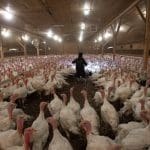In a world where terminology often shapes perception, the word “pest” stands as a glaring example of how language can perpetuate harmful biases. Ethologist Jordi Casamitjana delves into this issue, challenging the derogatory label frequently applied to nonhuman animals. Drawing from his personal experiences as an immigrant in the UK, Casamitjana parallels the xenophobic tendencies humans exhibit towards other humans with the disdain shown towards certain animal species. He argues that terms like “pest” are not only unfounded but also serve to justify unethical treatment and extermination of animals deemed inconvenient by human standards.
Casamitjana’s exploration extends beyond mere semantics; he highlights the historical and cultural roots of the term “pest,” tracing it back to its origins in Latin and French. He emphasizes that the negative connotations associated with these labels are subjective and often exaggerated, serving more to reflect human discomfort and prejudice than any inherent qualities of the animals themselves. Through a detailed examination of various species commonly branded as pests, he reveals the inconsistencies and myths that underpin these classifications.
Moreover, Casamitjana discusses how vegans approach conflicts with animals typically labeled as pests. He shares his own journey of finding humane solutions to coexisting with cockroaches in his home, illustrating that ethical alternatives are not only possible but also rewarding. By refusing to use derogatory terms and seeking peaceful resolutions, vegans like Casamitjana demonstrate a compassionate approach to dealing with nonhuman animals.
Ultimately, “Pests Don’t Exist” is a call to rethink our language and attitudes towards the animal kingdom. It challenges readers to recognize the inherent worth of all beings and to abandon harmful labels that perpetuate violence and discrimination. Through understanding and empathy, Casamitjana envisions a world where humans and nonhuman animals coexist without the need for derogatory classifications.
The Ethologist Jordi Casamitjana discusses the concept of “pest” and explains why nonhuman animals should never be described with such a derogatory term
I am an immigrant.
It seems that it does not matter that I have been a UK resident for over 30 years, because in the eyes of many, I am an immigrant and I always will be. My appearance is not necessarily what some people think immigrants look like, but when I speak and my foreign accent is detected, those who see immigrants as “them” would immediately brand me as such.
This doesn’t bother me that much — at least before Brexit — as I have embraced the fact that I am a cultural hybrid, so I am especially lucky compared to those who have lived a monochromatic cultural life. I only care when such categorisation is done in a derogatory way as if I deserve less than “the natives” or if I have done something wrong by immigrating to the UK from Catalonia and daring to become a British Citizen. When facing this type of xenophobia — which, in my case, just happens to be of the non-racist kind by pure chance as my features are not seen as too “alien” — then is when I react to the description, pointing out that we all are immigrants.
There was a time when no human had put a foot on the British Islands, and those who first did emigrated from Africa. If that’s too far in history for people to accept the point, what about the immigrants from the lands which have now become Belgium, Italy, Northern Germany, Scandinavia, or Normandy? No English, Cornish, Welsh, Irish, or Scottish “native” living in the British Islands today does not have blood from such immigrants. My experience with this type of unwelcome labelling is by no means unique to the British context. It happens anywhere in the world because the perception of “them and us” and “looking down on others” are universal human things. People from all cultures have constantly done it when describing people from nonhuman species. Like with the term “immigrant”, we have corrupted words that otherwise would be neutral, giving them a supremacist negative connotation to describe nonhuman animals (like, for instance, “pet” — you can read about this in an article I wrote titled “Why Vegans Don’t’ Keep Pets” ), but we have gone further than that. We have created new terms that are always negative, and we have applied them almost exclusively to nonhuman animals to reinforce our misguided sense of superiority. One of these terms is “pest”. This derogative label is not only applied to individuals or populations based on what they do or where they are, but they are sometimes unashamedly used to brand entire species, genera, or families. This is as wrong as a bigoted hooligan Brit branding all foreigners as immigrants and blindly blaming them for all their problems. It’s worth it to dedicate a blog to this term and concept.
What Does “Pest” Mean?
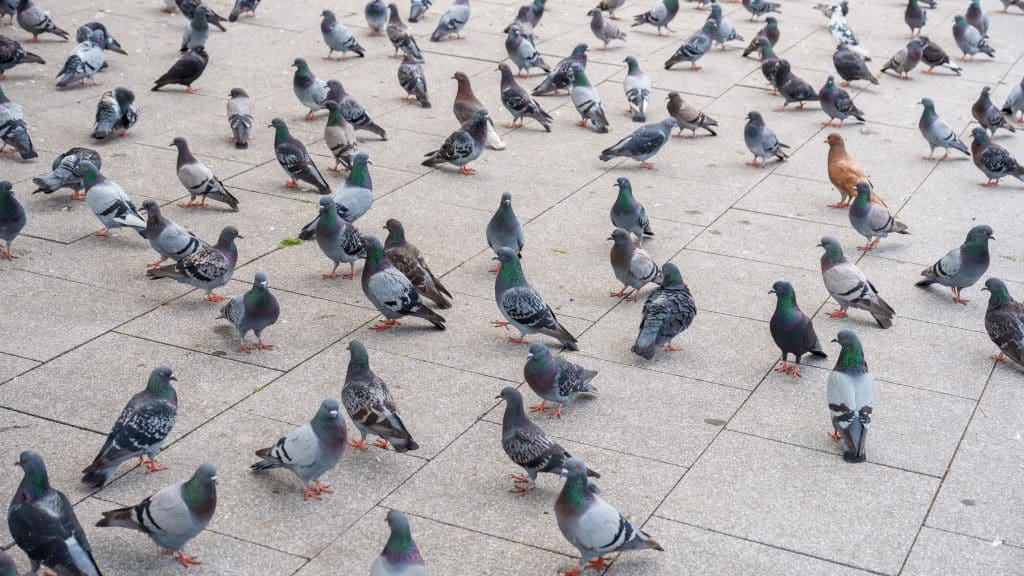
Essentially, the word “pest” means an annoying individual who can become a nuisance. It is normally applied to nonhuman animals, but it can be applied, somehow metaphorically, to humans as well (but in this case it is done by comparing the human with the nonhuman animals we normally use the term for, as in the word “beast”).
Therefore, this term is intimately linked to how people feel about these individuals, rather than who they actually are. One individual may be annoying to another, but not to a third person, or such individuals may cause nuisance to some people but not others equally exposed to their presence and behaviour. In other words, it seems that it is a subjective relative term that better describes the person using it than the target individual it is used for.
However, humans tend to generalise and take things out of proportion and context, so what should have remained a straightforward expression of someone’s feelings regarding someone else, has become a negative slur used to indiscriminately brand others. As such, the definition of pest has evolved and in most people’s minds it is something like “a destructive and harmful insect. or other small animal, that [sic] attacks crops, food, livestock [sic], or people”.
The term “pest” originates from the French Peste (remember those immigrants from Normandy), which in turn comes from the Latin Pestis (remember those immigrants from Italy), which meant “deadly contagious disease.” Therefore, the “harmful” aspect of the definition is rooted in the very root of the word. However, at the time it was used during the Roman empire, people had no idea how infectious diseases worked, let alone that there were “creatures” such as protozoa, bacteria or viruses linked to them, so it was used more to describe the “nuisance” rather than the individuals causing it. Somehow, though, as the evolution of language tends to do, the meaning shifted to become descriptive of entire groups of animals, and the insects were the first ones to become targets. It did not matter if not all insects were causing the nuisance, the label was stuck to many of them.
Then we have the word “vermin”. This is often defined as “wild animals that are believed to be harmful to crops, farm animals, or game [sic], or which carry disease”, and sometimes as “parasitic worms or insects.” Are the terms pest and vermin synonyms, then? Pretty much, but I think “vermin” is used more often to refer to mammals such as rodents, while the term “pest” to insects or arachnids, and the term “vermin” is closer associated with filth or disease, while pest is more generally applied to any nuisance. In other words, we could say vermin are considered the worst type of pest, as they are more associated with spreading disease than destroying economic assets.
One common element of those species labelled as pests, though, is that they can reproduce in great numbers and are difficult to eradicate, to the point specialist “professionals” are often required to get rid of them (so-called exterminators or pest-controllers). I guess this suggests that, although many people may find many nonhuman animals a nuisance for them, society would only brand them with the label mentioned if their numbers are high and avoiding them may be difficult. So, being just dangerous or able to cause pain to humans should not be enough to be labelled as a pest if the numbers are low, conflict with humans is sporadic, and they can be easily avoided — although people who fear them often include them under the term “pest”.
Pests and Aliens
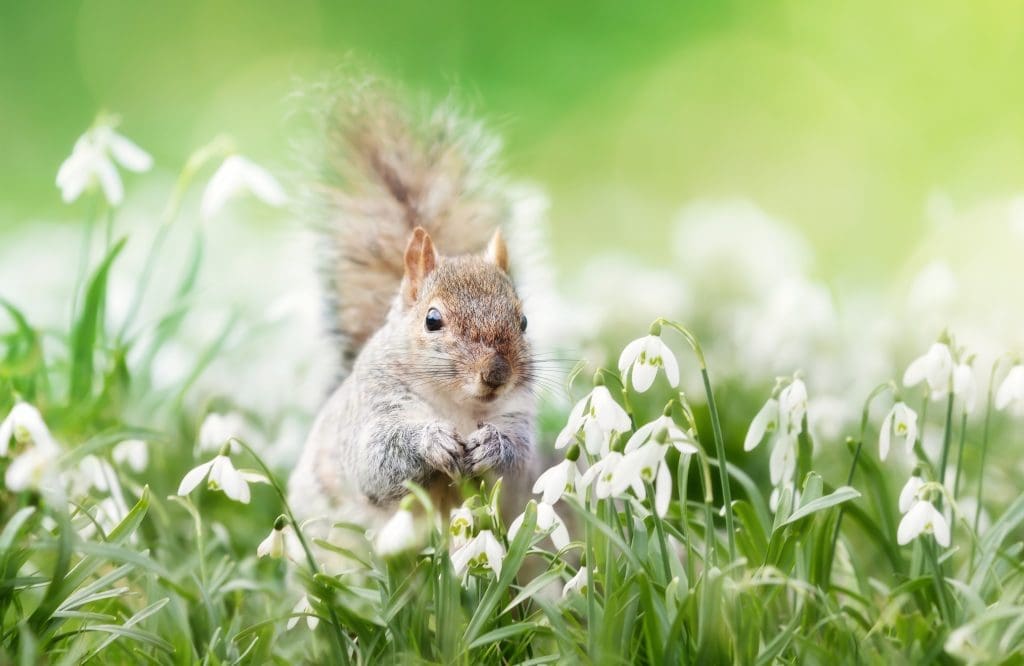
Terms such as “pests” or “vermin” are now widely used as descriptive labels for “unwanted species”, not only “unwanted creatures”, with little disregard for the fact that the annoyance (or disease risk) some individuals can cause should not necessarily mean that other individuals of the same species will also cause it — we are talking about the same type of unhelpful generalisations racists may use when using an experience of being the victim of crime to justify a racist attitude toward anyone belonging to the same race of those who committed such crime. The term pest has become a slur term to many nonhuman animals who do not deserve it, and this is why vegans like me never use it.
Is it really a slur term, though? I think so. Slur terms may not be considered slurs by those that use them, but they are offensive to those labelled with them, and I am sure that if the nonhuman animals people branded as pests understood that this is how they have been characterised, they would object to them as human victims of this sort of language do. Those using them may know they offend and that’s why they use them — as a form of verbal violence — but those who don’t are likely to think there is nothing wrong with describing others with derogatory terms that imply they are inferior and should be hated. Slurs are a lexicon of hate, and those who use the term “pest” tend to hate or fear those to who they attach this label — in pretty much the same way slurs are used for marginalised human groups. There would even be situations where the term “pests” is used as a slur against such marginalised groups, when racists and xenophobes call immigrants “pests of their societies”, for instance.
The term “pest” is sometimes wrongly extended to include animals who may not cause a direct nuisance to humans but to the animal species humans prefer, or even the landscape humans like to enjoy. Invasive species (often called “alien” species) are often treated this way by people who say they are conservationists and are annoyed by the fact these species may displace others they prefer because they claim to have more rights for being “native”. Although stopping humans from messing with the natural ecosystem by introducing species that should not be there is something I definitively support, I do not support branding those species that Nature has accepted (those who have been eventually naturalised) as unwelcome (as if we have the right to speak on behalf of Nature). I definitively oppose treating these animals as pests and attempting to exterminate them. The anthropocentric “invasive species” concept is clearly wrong when you see what people do with it. They use it as an excuse for systematically killing sentient beings and eradicating local populations. In the name of an old-fashioned view of conservation, animals considered “alien invaders” are persecuted and exterminated. And if the numbers are too high and cannot be controlled, then they are culturally vilified and commonly mistreated as “pests”. There are even laws that force people to report them when found, and not only don’t punish those who killed them (with approved methods) but punish those who save them.
Who Are Branded as “Pests”?
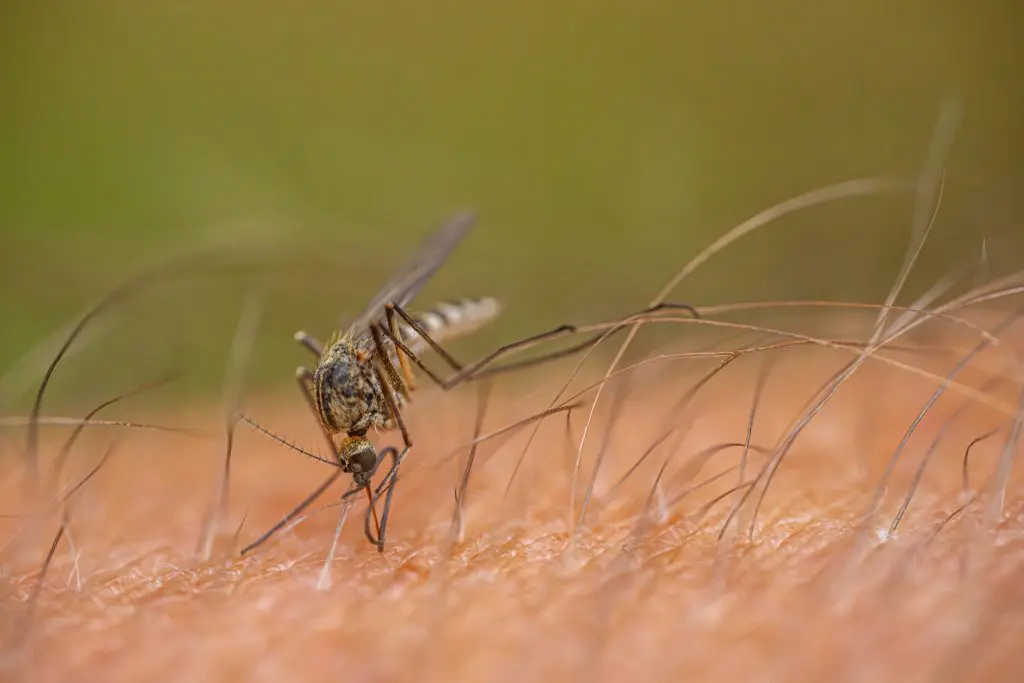
Many nonhuman animals have received the label of pest, but despite what many people think not everyone around the world agrees who should be labelled this way (discounting vegans who would never use the label for any animal). Some animals may be regarded as pests in one place but not in another, even if they behave exactly in the same way. For example, grey squirrels. These are native to California, where they are not considered pests, but in the UK, as they are considered an invasive species that has driven out the native red squirrel from most of England, they are considered pests by many people (including the government). Interestingly, as grey squirrels are naturalised in the UK and can be easily seen in London, they are revered by tourists who have never seen them in their countries (for example, Japan), so they would not consider them pests. So, the label of “pest” may be stuck, and then removed depending on the people relating to the animals, proving that someone being a pest is in the eye of the beholder.
However, some species (and even genera, families, and entire orders) of animals have been labelled as pests in most places they enter into contact with humans. Here are the most common ones, together with the justification people use to label them as pests:
- Mice (because they can eat stored human food).
- Rats (because they can spread diseases and contaminate food).
- Pigeons (because they can damage buildings and defecate on vehicles).
- Rabbits (because they can damage crops).
- Bed Bugs (because they are parasitic insects that feed on human blood and can infest homes and hotels).
- Beetles (because they can damage wood in furniture or crops).
- Cockroaches (because they can spread diseases and live in homes).
- Fleas (because they feed on the blood of animals and can infest homes with companion animals).
- House Flies (because they can become annoying and can spread diseases).
- Fruit flies (because they can become annoying).
- Mosquitoes (because they can feed on human blood and pass diseases like malaria).
- Midges (because they can feed on human blood).
- Moths (because their larvae can destroy fabrics and plants).
- Termites (because they can damage wooden furniture and buildings).
- Ticks (because they are parasitic arachnids who feed on the blood of animals and humans and can transmit diseases like Lyme disease).
- Snails and Slugs (because they can eat crops and enter houses).
- Lice (because they can be parasites of humans).
- Aphids (because they can harm crops and gardens).
- Ants (because they can enter dwellings looking for food).
- Mites (because they can parasitically feed on farmed animals).
Then we have species that are very much treated as pests in some places but not in the majority, so their status varies geographically for cultural and economic reasons. For example, the following
- Raccoons (because they can raid trash cans, damage property, and carry diseases).
- Possums (because they can become a nuisance and host diseases).
- Gulls (because they can be a nuisance and steal food from humans).
- Crows (because they can steal food from humans).
- Vultures (because they can spread diseases).
- Deers (because they can damage vegetation).
- Seals (because they can compete with humans for food).
- Foxes (because they can predate on farmed animals).
- Starlings (because they can damage crops).
- Butterflies (because they can damage crops).
- Wasps (because they can sting humans).
- Elephants (because they can damage crops and vegetation).
- Grasshoppers (because they can damage crops).
- Moles (because they can damage gardens and sports venues).
- Jellyfish (because they may hurt people and damage fishing gear).
- Baboons (because they can steal food from humans).
- Vervet monkeys (because they can steal food from humans).
- Badgers (because they can spread diseases to farmed animals).
- Vampire bats (because they can feed on farmed animals).
Finally, we have all the species that some conservationists (especially those driving policy) consider invasive, claiming that they are negatively affecting the habitat they became naturalised into if it was not the habitat they evolved into (some people would not use the term pest in the case of invasive species that do not directly affect humans, though). Some examples are:
- Grey squirrels
- American minks
- American crayfishes
- Zebra mussels
- Common carps
- Red-eared terrapins
- European green crabs
- Giant African snails
- Mexican bullfrogs
- Coypus
- Asian tiger mosquitos
- Asian hornets
- Mosquitofishes
- Ring-necked parakeets
- Domestic bees
- Domestic cats
- Domestic dogs
As you can see, domestic animals can be considered pests in places where they are out of control, their populations are growing, they cause some damage, and are considered somehow “unwanted” by the locals. Culls of feral dogs and cats are often justified by having attributed to them the label of “pests”.
Unfortunately, it seems that no animals are safe from being labelled as pests anywhere where humans may interact with them.
A Territorial Matter
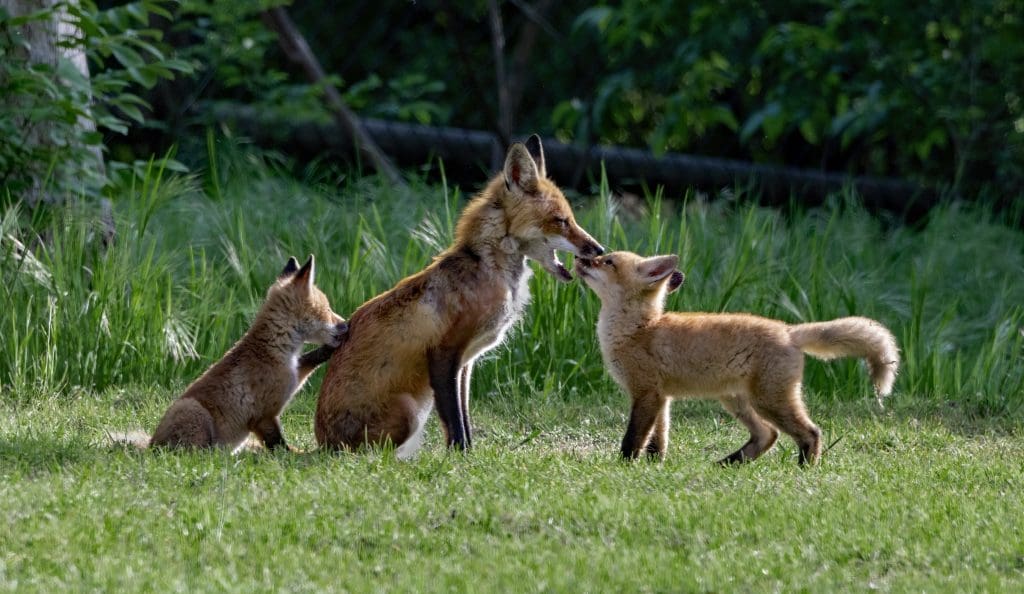
When you look at the reasons people use to label species as pests in the list above, some of them may sound quite reasonable to some… if they were true. In reality, many of the reasons are either myths, exaggerated claims, or simply lies spread to benefit some people (often farmers or blood sports enthusiasts) economically.
For example, hunters and their supporters often claim that foxes are pests as they kill many farmed animals, but research has shown that this is an exaggeration and the animal agriculture loss to foxes is minimal. A study of two Scottish hill farms found that less than 1% of lamb losses could be confidently attributed to fox predation.
Another example is grey squirrels, who, although they have indeed displaced red squirrels in many areas, have not caused the extinction of red squirrels as there are habitats where the reds do better (a good example is the UK where the reds are still abundant in Scotland as the forests there are not ideal for the greys). Urban Squirrels is an animal protection organisation based in London which protects grey squirrels by campaigning against their culling and rehabilitating injured individuals. This organisation has gathered many good arguments to defend grey squirrels. For instance, the specifically British sub-species of the red squirrel, Sciurus vulgaris leucurus, is extinct, but this happened before grey squirrels were introduced (so, the current reds in the islands are also immigrants). Then we have the poxvirus that kills red squirrels, whereas the more robust greys carry the virus without becoming ill themselves. However, although the greys may have originally helped to spread the epidemic, currently the vast majority of the reds do not get the pox from the greys, but from fellow reds (who are starting to develop immunity). Indeed, squirrels — both grey and red — are opportunistic feeders that might take a bird’s egg from an unattended nest, but a 2010 government-funded study showed they are unlikely to be responsible for the reduction of bird populations. And the accusation that grey squirrels destroy many trees is false. On the contrary, they regenerate forests by spreading nuts, which often need a squirrel to bury them to germinate properly.
Ladybugs were once seen as harmful because they eat other insects but it turns out they primarily consume aphids, which are insects that are considered a worse nuisance. Therefore, ironically, ladybugs are now encouraged in gardens as natural pest controllers. The same can be said about wasps, who are predators and prey on insects that may be damaging crops.
Hedgehogs were persecuted in Europe for eating “beneficial” insects and fruits, but it turns out that their diet actually consists mainly of slugs, snails, and beetles, which are considered garden pests.
Historically, wolves were seen as a threat to farm animals and were hunted extensively until they became extinct in many places, but research has shown they play a crucial role in maintaining healthy ecosystems by controlling prey populations.
Although the exaggerated claims that justify the labelling as a “pest” are common, they may not be in all cases (mosquitoes indeed bite humans and pass malaria to them, for instance). However, one thing that all the cases of pest labelling have in common is that they are cases of human-animal conflict of a territorial nature. When you put people and these animals in the same “territory”, a conflict will occur, and one of the first things humans would do in that situation is to label these animals as pests, and in doing so exempt them from standard animal protection legislation, which tends to exclude pests. This opens the door to the use of all sorts of weapons (munition, chemical weapons, biological weapons, you name it) that would be considered highly unethical in any other human conflict but are accepted in human-pest conflicts.
However, in each conflict, there are two sides. If we label the animals who annoy us as pests, which label would these animals use for us? Well, possibly a similar one. So, “pest” really means “enemy” in a human-animal conflict where legislation has eliminated all restrictions for rules of engagement allowing the human side to be as unethical as they want to win the conflict without fear of consequences. Most people would go along with that if they felt they were at war, but who invaded whom in this conflict? In most cases, humans were the ones who invaded the territory of the animals that were branded pests in the first place or were the ones who took some animals from one place and left them in another, making them invasive species. We are to blame for most of the conflicts that justify the “pest” labelling, which is another reason for avoiding using this term. Supporting it makes us complicit to the atrocities that have been committed in its name, which far exceed any atrocity humans have inflicted on each other. There is no such thing as pests as there is no such thing as *slur term* (replace this with any slur term you know). Derogatory terms like this are used to justify the unacceptable, and they have nothing to do with the nature of those labelled with them. They are legal and moral carte blanches to bypass responsibility, accountability, and temperance, and to allow the unleashing of unrestricted unethical violence against other sentient beings.
How Vegans Deal with Those Labelled as “Pests”
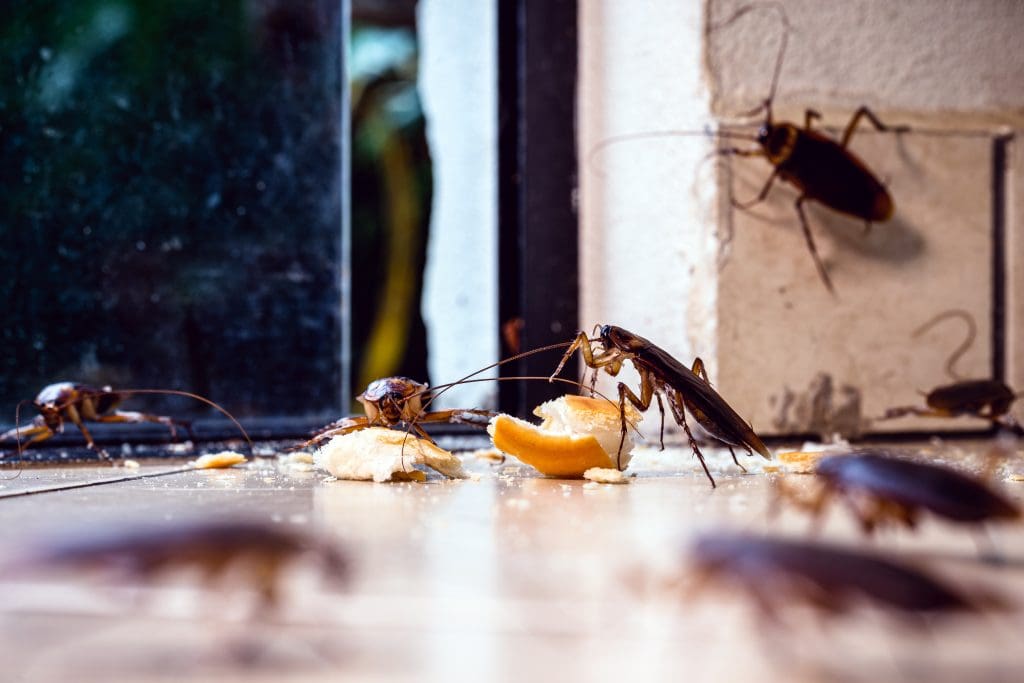
Vegans are also humans, and as such they get annoyed by others and enter into conflict with other beings in situations that could be described as “dealing with nuisance”. How do vegans like me deal with these issues when they involve nonhuman animals? Well, first of all, we do not use the term “pest” to describe those on the other side of the conflict, recognising they have the right to be treated properly, and have a valid claim.
In most cases, we, vegans, will put up with the annoyance or move away so to reduce the conflict, but sometimes this is not possible because, either we cannot go anywhere else (as in cases when the conflict happens in our homes), or we find the nuisance intolerable (we may recognise that this is because our own mental weaknesses or intact relics of carnism, but such recognition is not always enough to allow us to tolerate the nuisance). What do we do in those situations? Well, different vegans would deal with them in different ways, often with difficulty, dissatisfaction, and guilt. I can only speak about how I deal with them.
In 2011, I wrote a blog titled “Conflict Abolitionism” that describes in detail how I dealt with a cockroach infestation that I had in a previous flat where I lived, and which lasted for years. This is what I wrote:
“In winter 2004 I moved into an old ground floor flat in the south of London. When summer arrived, I noticed the appearance of a few small brown cockroaches in the kitchen (the ‘small’ common Blatella germanica), so I decided to monitor the situation to see if that would become a problem. They are quite small and very discrete, so they didn’t bother me that much — I’m not repelled at their sight as many people are — and they tended to appear at night only, so I didn’t think much of it. Since I also had a healthy population of house spiders, I thought that perhaps they would take care of them without the need for any human interference. However, when the numbers started to grow slightly in the warmer days — not to the extreme of rendering un-hospitability, though — I realised I had to do something.
Being a vegan animal rights person the option of just ‘exterminating’ them with some poison was not in the cards. I was well aware that they didn’t mean any harm, and as long as I kept the food out of their way and the house relatively clean the transmission of any disease would be quite unlikely. They were not competing with me for my food (if anything, they were recycling any of my discarded food), they would always try to get away from me politely (having recently evolved with unwelcoming humans, that old predator-avoiding behaviour had become markedly reinforced), they wouldn’t bite me or anything like that (not that they could, with their tiny jaws), and possibly because of their dependency of water they seem confined to the kitchen alone (so, no risk of nasty surprises in the bedroom).
Therefore, we were simply talking about two species in the same space, and one of them — me — not really wanting the other there — for ‘comfort’ reasons disguised as ’sanitary’, really. In other words, a classic case of interspecific ‘territorial conflict’. Which had more right to be there? For me, that was a relevant question. I just arrived at my flat and they were already living in it, so from that point of view, I was the intruder. But I was the one paying the rent so I believed that to some degree I was entitled to choose my flatmates. I presumed that previous tenants had tried unsuccessfully to get rid of them, so they were quite used to negotiating with humans. How far should I go in judging their entitlement? From the moment the flat was built? From the moment a human house was built in that spot? From the moment the first humans colonised the shores of the Thames? No matter how far I went, they seemed to have been there first. As a taxonomical ‘Species’ they are not autochthonous of the British Islands, not even of Europe, so perhaps that could be a good argument. They came from Africa, you see? But then again, Homo sapiens also came from Africa, so in this regard, we are both immigrants, so this would not help my ‘claim’. On the other side, as a taxonomic ‘Order’, theirs (Blattodea) clearly trumps ours (Primates): they were already roaming this planet in the Cretaceous when the dinosaurs were still around and our whole Class of Mammals was represented by just a few shrew-like furries. They were most definitely here first, and I knew it.
So, I decided to sign a peace treaty with them, based on the following ‘rules’: 1) I would seal up all holes and cracks in the kitchen to minimise the areas they would be able to hide (and breed!), so they would have a limited space to expand. 2) I would never leave food or organic rubbish out and I would keep everything edible in the fridge or in closed containers, so if they wanted to stay, they would have to contend with very little to eat. 3) If I saw one during the daytime, I would chase it until it would go out of sight. 4) If I saw one away from the kitchen, I would chase it until it returned to it or left the flat. 5) I would not deliberately kill them or poison them in any way. 6) If I saw them in their ‘reservation’ (the kitchen) at the ‘legal’ hours (between eleven PM and sunrise), I would leave them be ‘in peace’.
Initially, it seemed to work, and they seemed to learn quickly about my rules (obviously there was some sort of pseudo-natural selection occurring, since the ones that stuck to the rules, for being undisturbed, seemed to reproduce more successfully than those breaking them). In winter they went away (because of the cold since I hardly ever have the heating on), but then the following summer they reappeared, and every time the population seemed to grow a bit in comparison to the previous year until there was too much rule-breaking for my liking. I tried to figure out where they exactly spent the day since I had already blocked all the cracks and holes I could think of. I suspected that the fridge had something to do with it, so I moved it away from the wall, and there they were, in a surprisingly high enough number that made me temporarily abandon the ‘treaty’ and enter a state of ‘emergency’. They obviously were roosting in the copious warm spaces inside the electrical appliances of my kitchen, which I couldn’t block. I had to find a much more radical and fast solution. I decided to Hoover the lot out.
It wasn’t my intention to kill them, I just wanted to mass-expatriate them, since the idea was to take the Hoover paper bag out immediately after the sucking and let them crawl out in the garden. However, when I took it from the Hoover to put it into a plastic bag that I would then take downstairs to the rubbish bin (with a convenient opening so they could leave at night), I had a peek inside, and I could see that those that were still alive were very dusty and dizzy, and many others had perished during the process. I didn’t feel good about it. I felt like a genocider. That rushed ‘emergency’ solution was obviously unsatisfactory, so I had to investigate alternative methods. I tried several electrical devices that emit high-frequency sounds that are supposed to repel them; I tried scattering Bay leaves they are supposed to hate. I’m not sure if these methods had any effect, but every year there was always a moment when suddenly the population seemed to grow more, ‘rule-breaking’ seemed to spread too much, and I ended up resorting to Hoover again in a moment of weakness. I found myself involved in a practice caused by a territorial conflict that now I desperately wanted to abolish.
There had to be a better way, and if there wasn’t any already prescribed, I had to invent one myself. I was looking for a practical way to ‘catch’ them for ‘repatriation’ that would not involve their suffering or death, but they were way too fast for me to do it just “by hand”. First I tried the soapy water spray method. When I saw one breaking the rules, I would spray it with water that contained a bit of washing-up liquid. The soap would cover some of their spiracles so they would get less oxygen in, which would slow them up enough so I could then pick them up by hand, open the window, blow the soap away from their spiracles, and let them go. However, especially with the very small ones, that didn’t seem to work (I couldn’t pick them up without hurting them), and in some cases, I was too late so they died of suffocation before I had time to remove the soap, which of course made me feel very bad.
Another idea I had was relatively more successful. When I felt that the population had grown enough so there was some need for intervention, in the evenings I would put Sellotape in the areas where they normally go. The next morning I would find some stuck on it, and then carefully, using a toothpick, I would ‘un-stick’ them, put them into a bag, open the window, and let them go. However, this system wasn’t good enough, since despite the fact they never died in the process, sometimes I broke one of their legs when I tried to free them. Besides, there was the “psychological” issue of being stuck all night to the tape, which kind of tormented me.
Eventually, I found the best solution, and so far, it seems that it is working quite well. I use one of those big white yoghurt plastic pots, completely clean and dry, and with all labels removed. When I notice an unwelcome increase in population, the pot-catching session begins. Every time I see one at any time I endeavour to catch it with the pot for translocation — I manage most of the time, I must say. What I do is flick it with my hand very quickly (I’m getting good at it) in the direction of the pot, which makes it fall into it; then, for some mysterious reason, instead of trying to climb the sides of the pot and try to escape, they tend to run in circles at the bottom of it (quite possibly caused by the translucent nature of the pot combined with the photophobic nature of their flight responses). This gives me sufficient time to go to the nearest window still holding the open pot and ‘free’ them. If while I’m going to the window one does try to climb up the pot, a substantial tap with my finger on the top edge of the pot makes it fall again to the bottom. Somehow it works, and the whole operation takes no longer than five seconds. None of them get hurt in the process as if I was using some sort of futuristic Insect Trek transporter that magically beams them up to London’s streets in a jiff.
This method, combined with the continuous generous — but not altruistic — help from the house spider crews that can reliably be found predating at the corners where the roaches like to hang out, keeps the population down and considerably reduce ‘rule-breaking’ since those that are genetically more predisposed to wander far from the kitchen or be awake during the day will be removed from the population quickly not contributing to their next generation gene pool.
Now, after more than 30 generations, no more significant rule-breaking and population boom has occurred. The conflict seems to have been resolved, and now in my flat humans and roaches are no longer in mortal conflict. Although there is considerable peace-keeping work involved for my part, every time I manage to free one of them to the outside world — with no harm done and the minimum stress possible — makes me feel good about myself, brightening my day. When I see them running in the garden trying to find a new dark crevice to make some sense of this new world of endless possibilities, I bid them adieu with an ‘I leave you in peace’ greeting; they, collectively, seem to pay me in kind. Now, I am actually glad to have them as flatmates.”
About a year after I wrote this blog the roaches decided by themselves to live somewhere else, so they never came back to that flat (as it was rebuilt after I moved to my current one). So, the conflict was completely resolved, and although I made lots of mistakes along the way (I strive to be a better vegan every year, and this was just during my first years of being a vegan), I never took the carnist attitude of choosing the easier and most convenient option completely disregarding the animals’ rights to be there.
My direct experience with creatures labelled as pests has reaffirmed my conviction that there is not such a thing as pests, only victims of territorial conflicts who are just trying to survive and be true to their nature. They do not deserve to be vilified and described with derogatory and demeaning terms.
I find the use of the term “pest” to describe any nonhuman animal very unfair. Each of the reasons for branding this label shown in the lists above could be attributed to human beings in general (not any particular sub-group). Humans are certainly annoying and a nuisance most of the time; they are very dangerous to farmed animals and can be dangerous to humans too, they can spread diseases and damage crops, vegetation, rivers, and seas; they are certainly an invasive species everywhere outside Africa; they compete for other humans’ resources and steal food; and they can become parasitic to others. Planetarily speaking, humans can be considered more than a pest species, but a plague — and if we try to colonise other planets who could blame any potential galactic exterminator to turn up attempting to “control” us?
Despite all this, I would never use the term pest to refer to humans either, as I consider it to be hate speech. I follow the concept of ahimsa (do no harm), as it is the main principle of veganism, and therefore I try to avoid harming anyone, even with my speech. There is no such thing as pests, only people who hate others in conflict with them.
I am not a pest and neither is anybody else.
Notice: This content was initially published on VeganFTA.com and may not necessarily reflect the views of the Humane Foundation.

